- Please choose product options by visiting Spanish Moss Air Plant.
Petrea Racemosa, Sandpaper Vine, Volubilis, Purple Wrath Plant
Original price was: ₹850.00.₹349.00Current price is: ₹349.00.
2 in stock
Plant size: Single plant | 2.5″ Pot Included
Petrea Racemosa, Sandpaper Vine – Care
Petrea Racemosa, also known as Queen’s Wreath or Sandpaper Vine, is a beautiful flowering vine that adds a touch of elegance to any garden. Here’s a guide on how to care for this stunning plant:

Light:
- It thrives in full sun to partial shade.
- While it can tolerate some shade, it will flower more profusely in full sun.
Watering:
- Water moderately, allowing the top inch of soil to dry out between waterings.
- Overwatering can lead to root rot.
- Once established, it is relatively drought-tolerant.
Soil:
- Use well-draining soil rich in organic matter.
- A mix of potting soil and perlite works well.
Temperature:
- Petrea Racemosa prefers warm temperatures between 65°F to 85°F (18°C to 29°C).
- It is not frost-tolerant.
Humidity:
- Maintain moderate to high humidity levels.
- Misting the plant or using a humidity tray can help.
Fertilizing:
- Feed your Petrea Racemosa every 4-6 weeks during the growing season (spring and summer) with a balanced, water-soluble fertilizer.
Pruning:
- Prune to control its growth and shape.
- Trim back leggy or dead branches regularly.
- Pruning can also be done to encourage more flowers.
Support:
- Provide a trellis or support structure for the vine to climb on, as it is a climbing plant.
Pests and Diseases:
- Watch out for common pests like aphids and spider mites.
- If detected, treat with insecticidal soap or neem oil.
Repotting:
- Repot when the plant becomes root-bound, typically every 2-3 years.
- Choose a slightly larger pot and fresh potting mix.
By following these care tips, you can enjoy the beauty of Petrea Racemosa for years to come.
Only logged in customers who have purchased this product may leave a review.


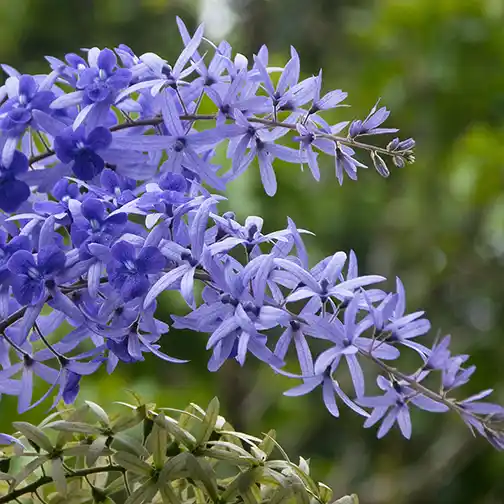
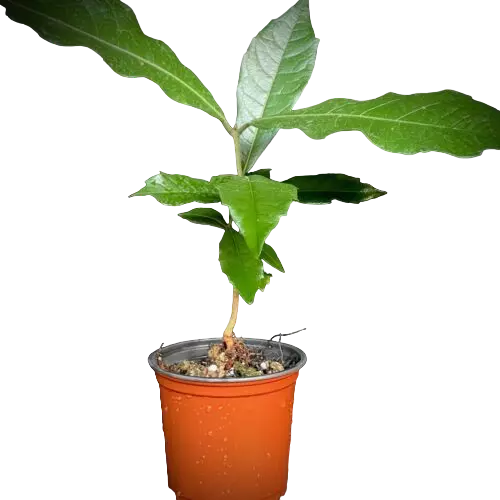
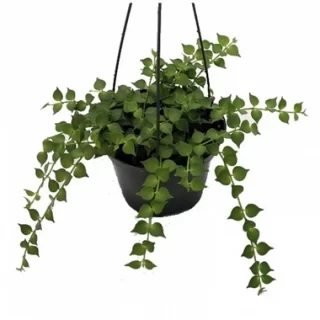
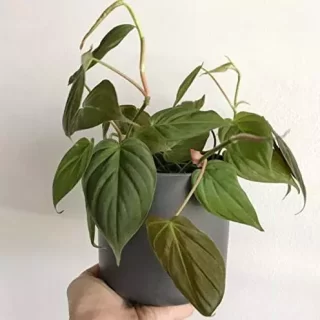
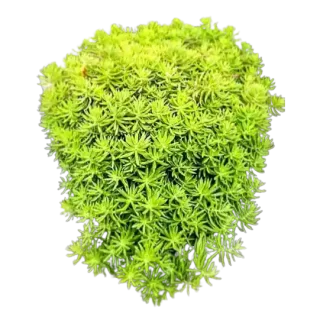
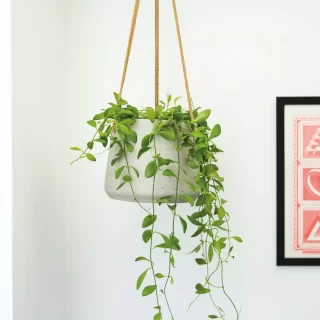

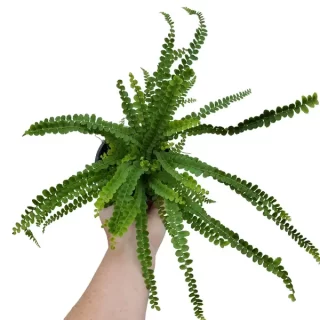


 If you need any assistance, I'm always here. Have you found what you were looking for?
If you need any assistance, I'm always here. Have you found what you were looking for?
Reviews
There are no reviews yet.